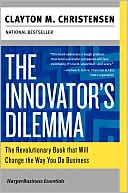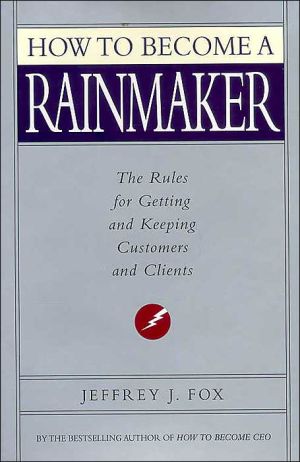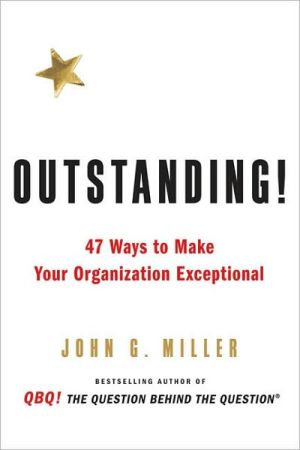Clients Driving Innovation
In recent years the construction industry has been criticised for lack of successful innovation compared to other major industries. The question of why the industry has not been seen to be innovative has created concern among many involved with construction and property. The driving concern is where the motivation for this innovation should come from. Although construction clients have made an impact in this area, the industry itself seems divided as to whether, when and where clients should...
Search in google:
In recent years the construction industry has been criticised for lack of successful innovation compared to other major industries. The question of why the industry has not been seen to be innovative has created concern among many involved with construction and property. The driving concern is where the motivation for this innovation should come from. Although construction clients have made an impact in this area, the industry itself seems divided as to whether, when and where clients should drive the innovation process.Clients Driving Innovation brings together an international group of researchers and practitioners to investigate the role of clients in construction innovation. Written in three parts, it covers the context for innovation driven by clients, the client impact on the innovation process and how new ideas can be pushed through into practice. Numerous case studies illustrate the role clients can play and the key issues that need to be addressed. With increasing interest in the contribution clients can make to construction innovation, Clients Driving Innovation will be essential reading for construction management researchers, major construction contractors and clients and government policy makers.
Note on CIBNote on Think LabPreface Peter Brandon Brandon, PeterPt. 1 The Context for Innovation 11 A global agenda for revaluing construction: the client's role Peter Barrett Barrett, Peter 32 Revaluing construction: implications for the construction process Graham M. Winch Winch, Graham M. 163 Is the client really part of the team? A contemporary policy perspective on Latham/Egan John Hobson Hobson, John Kenneth Treadaway Treadaway, Kenneth 264 Enabling clients to be professional Roger Courtney Courtney, Roger 335 Challenging the illusion of the all powerful clients' role in driving innovation Martin Sexton Sexton, Martin Carl Abbott Abbott, Carl Shu-Ling Lu Lu, Shu-Ling 436 Reifying the client in construction management research? Alternative perspectives on a complex construct Mike Bresnen Bresnen, Mike 497 A proposed taxonomy for construction clients Patricia Tzortzopoulos Tzortzopoulos, Patricia Mike Kagioglou Kagioglou, Mike Kenneth Treadaway Treadaway, Kenneth 588 Clients' roles and contributions to innovations in the construction industry: when giants learn to dance Charles Egbu Egbu, Charles 699 Setting the game plan: the role of clients in construction innovation and diffusion Kristian Widen Widen, Kristian Brian Atkin Atkin, Brian Leif Hommen Hommen, Leif 7810 Clients as innovation drivers in large engineering projects Roger Miller Miller, Roger 8811 Knowing differently, innovating together? Exploring the dynamics of knowledge creation across boundaries in clients' design teams Patrick S. W. Fong Fong, Patrick S. W. 10112 The role of the client in the innovation processes of small construction professional servicefirms Shu-Ling Lu Lu, Shu-Ling 11113 Client-oriented contractor innovation Jan Brochner Brochner, Jan 12514 Driving innovation in construction: a conceptual model of client leadership behaviour Mohammed F. Dulaimi Dulaimi, Mohammed F. 13715 Critical actions by clients for effective development and implementation of construction innovations E. Sarah Slaughter Slaughter, E. Sarah William L. Cate Cate, William L. 146Pt. 2 The Innovation Process 15516 Overcoming resistance to innovation: the integration champion in construction Andreas Hartmann Hartmann, Andreas 15717 Client-driven innovation through a requirements-oriented project process John M. Kamara Kamara, John M. 16718 Knowledge management supports clients driving innovation: two case studies Marja Naaranoja Naaranoja, Marja Paivi Haapalainen Haapalainen, Paivi Heikki Lonka Lonka, Heikki 17719 Implementing innovations in infrastructures for the built environment: the role of project developers, customers and users Marcela Miozzo Miozzo, Marcela Nuno Gil Gil, Nuno 190Pt. 3 Moving Ideas into Practice 20120 Client driven performance improvement strategies for the construction industry: development and implementation challenges Aminah Robinson Fayek Fayek, Aminah Robinson Jeff H. Rankin Rankin, Jeff H. Ernie Tromposch Tromposch, Ernie 20321 Public policy, clients and the construction industry Eileen Fairhurst Fairhurst, Eileen 21622 Value for money versus complexity: a battle of giants in the public sector? Erica Dyson Dyson, Erica 22323 The role of the professional client in leading change: a case study of Stanhope plc Colin Gray Gray, Colin 23424 Customer focus: time, the enemy of desire - a contractor developer perspective Chris Woods Woods, Chris 24125 The role of the client in building site innovations Frederic Bougrain Bougrain, Frederic 25226 A complex systems approach to customer co-innovation: a financial services case study Robert Kay Kay, Robert 262Index 270
\ From the Publisher"An outstanding collection that will be both a guide for students and a stimulus to scholars. Elizabeth Radcliffe and her distinguished contributors cast fresh and clarifying light on each of the many topics they address."\ - Kenneth Winkler, Yale University\ "Elizabeth Radcliffe has achieved a remarkable feat of editorial organization. This will be a major reference resource for those who want to see the main directions in which Hume studies are currently heading. Topics are well chosen. Contributors range from some of our most distinguished senior scholars to talented recruits from the rising generation."\ - M.A. Stewart, University of Aberdeen\ \ \








